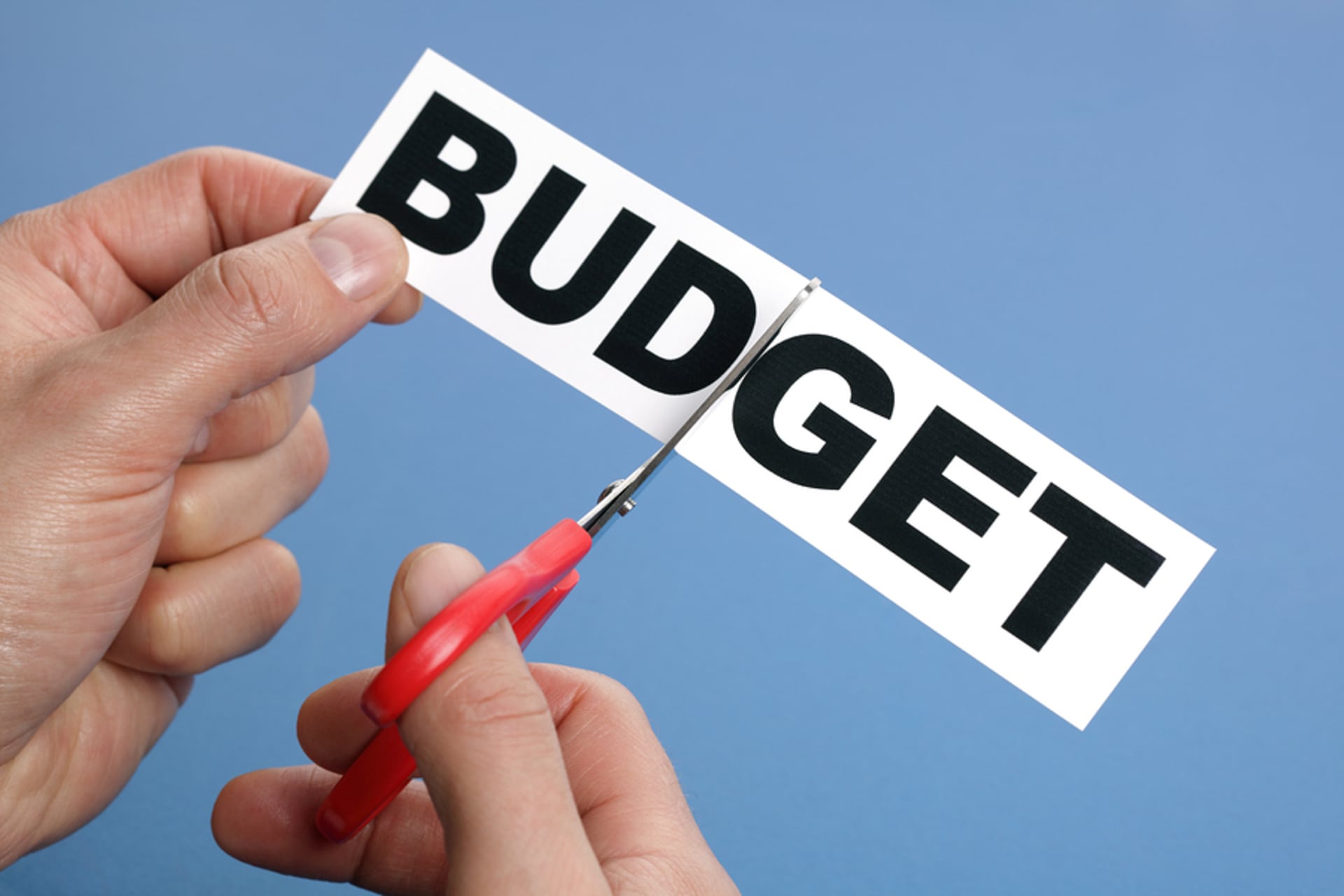< Back to all posts
How To Keep Your Creative Team Inspired
It’s a fact: everybody gets apathetic sometimes.
In conventional companies or divisions, the trend today is to throw perks at employees to keep them interested—such as coffee bars or ping pong tables. The idea is to provide workers with entertaining diversions as a way of offsetting the monotony of the daily grind.
Members of a creative team are a bit different. Not only do they have to worry about boredom, but they must also remain inspired in order to produce their best work day in and day out. This often necessitates a different approach than offering conventional incentives.

Start With Their “Clients”
The first step to take is eliminating as many unhelpful elements as possible. A major source of this angst can often be traced back to the people and units for whom the team is fulfilling project requests.
If these “clients” are micromanaging their projects, providing too many guidelines, or even injecting their own aesthetic suggestions, your creative team may not be getting the flexibility it needs to produce quality work. So aim to compile project briefings that contain all relevant information but still leave room for the team to do what it does best: create.
On the other hand, sometimes a project comes across your desk with just a few scant details and an entreaty to “just make it good” or “wow me.” If there is no discernible direction or message, then it’s your duty to reach out to the client and hammer out more specifics so that your team isn’t flying blind (and you aren’t later forced to redo the project because it isn’t what the client wanted).
Also, since departments hardly ever coordinate their project requests, there may be times when the creative team gets inundated with a heavier workload than it can handle. When this happens, it can be difficult to maintain creativity if team members feel stretched thin or overwhelmed.
To avoid such a situation, it may be necessary to push back a bit and fight for your team’s best interests. This may mean extending project deadlines, demanding additional resources, or bringing on freelancers until the team can complete its list of projects.

Focus on Your Team
Next, try to identify any areas of your creative team where there may be inefficiencies or shortcomings. For example, there may be certain dynamics among team members which can be improved so that the group can better achieve its goals.
It’s essential to foster a collaborative atmosphere among your creative team instead of encouraging internal rivalries or competition among individuals. The best ideas usually come from several people working together to cultivate, polish, and execute a vision that accomplishes its purpose with style and panache.
In addition, it’s vital to delegate project tasks in an equitable manner. Though it may be tempting to assign script creation, camerawork, directing, and editing duties to the same people each time, this pattern can quickly sap the creative energy from your team members.
Therefore, make it a priority to rotate responsibilities among each person in the group. Not only does this allow team members to boost all aspects of their skill sets, but it also guards against certain people always seizing the most favored or creative roles while leaving the “grunt work” to others.
One aspect of working for a corporate creative team is the ever-present administrative chores which employees must deal with. Whether it’s timesheets, reports, or human resources paperwork, these mundane tasks detract from the effort spent being creative.
While it’s impossible to eliminate this “nuisance work,” you can take measures to minimize its distractive effect. Search for automation software or packages that can accomplish these tasks more quickly, or set aside a specific time during the week to get it all out of the way.

Being Creative With Your Creatives
To keep a creative team’s inspiration level high takes more than just concentrating on efficiency maximization. You also have to come up with ways to “prime the creativity pump” on a continuous basis.
One tool that can promote creativity is an “idea repository.” Think of it as a swipe file of images, writings, art, graphics, or anything else in the “creative” realm. If your team consistently contributes their previous project work or even their favorite poem, song, photo, or image to the idea repository, their colleagues can call upon this treasure trove of inspiration to help kickstart their thought processes on future projects.
Creativity can also be nurtured through constant learning. So always be looking for conferences, webinars, meetups, or online courses where your team can interact with their peers and acquire new knowledge.
If you don’t have a budget for formal learning opportunities, you can certainly improvise. Allocate a specific amount of time per day or week to let your group browse the internet to absorb what’s going on in the world, or organize lunch-and-learns where one team member gives an informal presentation on a topic of interest.
Since drudgery is the enemy of creativity, you should strive to break routine whenever you can. Try getting the team to work outside for an hour or two. Convene a meeting at a coffee shop instead of the conference room. Or just take a walk around the building and chat.
If your team is amenable, you can take this plan a step further. Organize a departmental softball team or trivia squad. Pick a charity or nonprofit for which your team can volunteer. Or set aside time for a fun creative project that has nothing to do with work.

Finally, it’s important to recognize your team as individuals, not just parts of a group. This means taking the time to learn about your team members and their non-job-related lives.
Why not ask an employee out for coffee or lunch to enjoy some one-on-one time with him or her? This will certainly help to strengthen your personal bond with each team member, but it also lets your group know that you care about them as people and that you are there to help them if needed.
Inspiring your creative team is an ongoing endeavor which requires continuous effort and nonstop vigilance. But if you want to preserve the team’s excellence, it’s a necessary undertaking. After all, an inspired creative team keeps clients, management, and all stakeholders happy (and hopefully out of your hair!).
Want more suggestions about helping your internal teams work more efficiently? Sign up for our newsletter today!







Leave a Reply